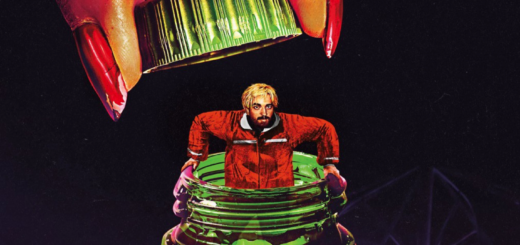A CURE FOR WELLNESS Review
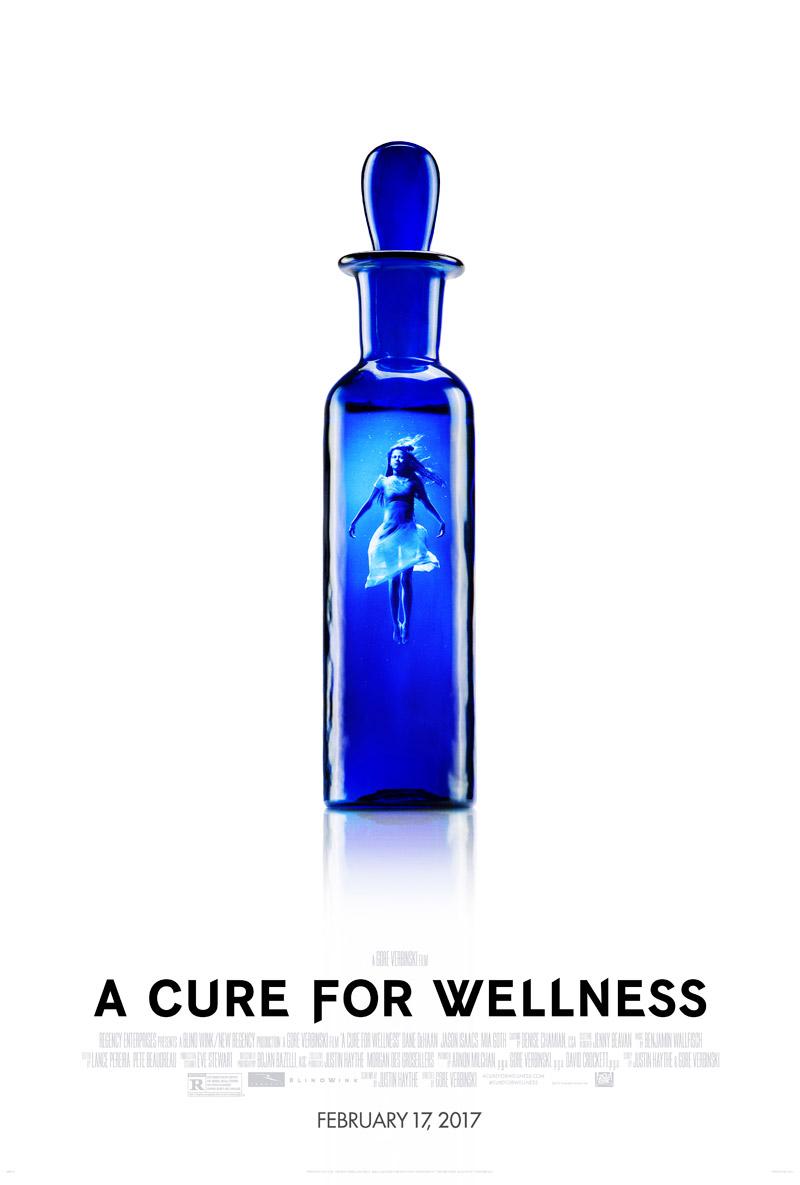
Director: Gore Verbinski
Genre: Horror
Year: 2017
Every so often, I feel the need to hit the soapbox in order to rush to the defense of a cinematic artist. Whether it’s my rallying of support for the work of Michael Mann, or my great admiration of Steven Soderbergh, there is something about a niche Hollywood elite that makes it especially difficult for viewers to judge their films as unfiltered artistic expression. And it makes sense: Hollywood is rarely seen as a space for personal, trailblazing filmmaking, but I think that Gore Verbinski represents a minority of directors that has learned how to elegantly frame emotionally dense cinema under the guise of AAA entertainment. From the aesthetic precision of THE RING, to his swashbuckling PIRATES OF THE CARIBBEAN trilogy, Verbinski is not only a versatile genre filmmaker, but a master craftsman, one who respects the power of visual storytelling. Insofar it’s no surprise that he also dipped his toes into animation when he directed RANGO. But with A CURE FOR WELLNESS, his 2017 return to horror, Verbinski has crafted a beast that is entirely its own: an opulent, high-concept horror film that melds Verbinski’s passion for the clinical with the morbid baroque aesthetic of Del Toro and the sentimentality of classic Shyamalan.
Far removed from the urban sprawl that governs his daily routine, a selfish corporate cog (played by Dane DeHaan) finds himself both physically and psychologically trapped in a castle at the foot of the Swiss alps. But this isn’t your run-of-the-mill chateau. This fortified city hospitalizes the top 1% looking for a cure to all their personal ailments, undergoing various forms of hydrotherapy at their own expense (peanuts to the aging elite). It’s never clearly listed, but the overhead at this clinic is outstanding. DeHaan’s task is to retrieve the head of the enterprise he represents. But things take a turn for the worse; after a brutal car wreck, he is admitted to the clinic himself, crippled by way of MISERY. Consequently, he is confronted with childhood traumas and the mysterious interests of the chief doctor, forcing him to piece together the sinister mystery at the heart of the sanitarium.
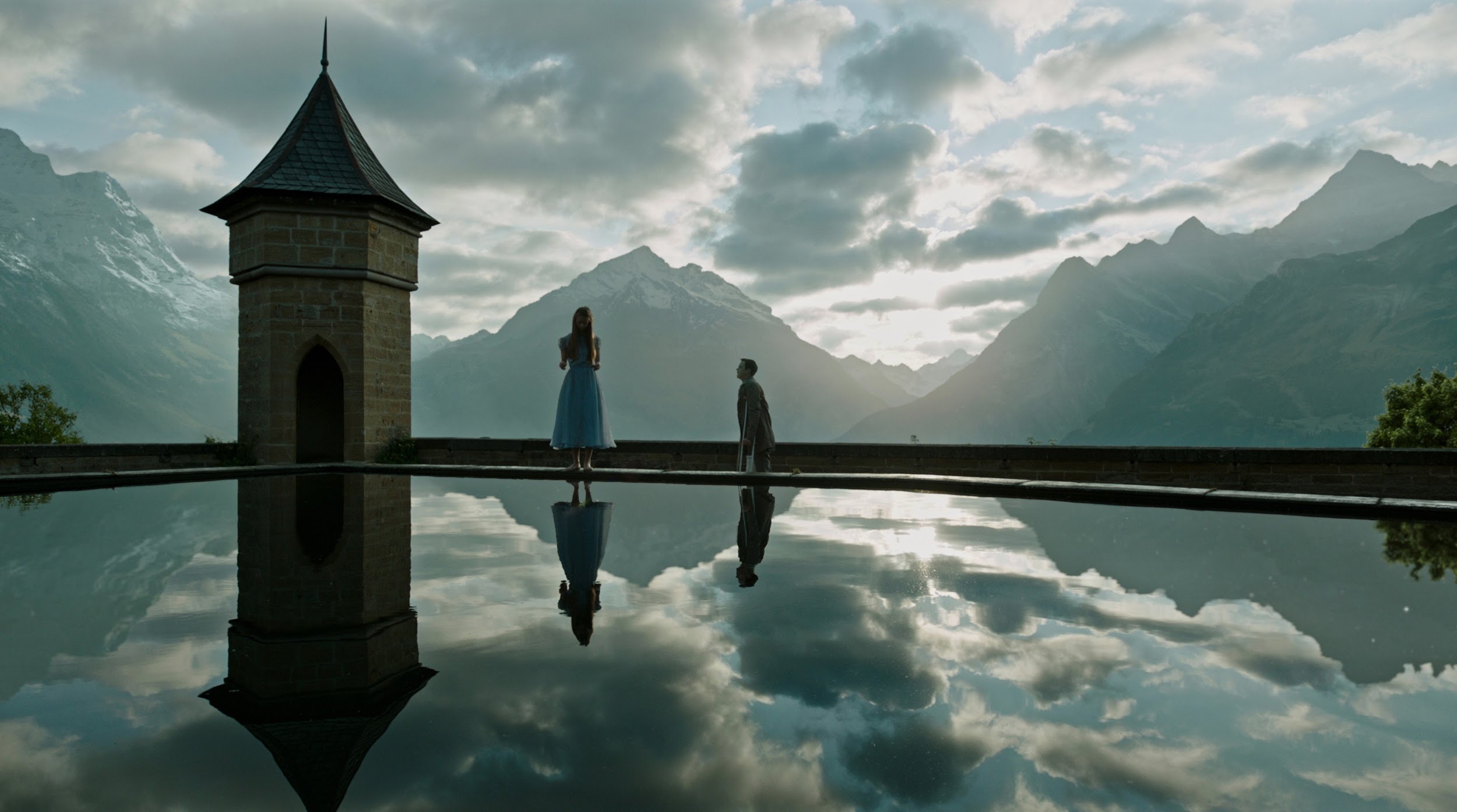
Putting the LORD in EDGELORD
Verbinski’s narrative is broad in scope, especially in terms of theme, but his plot is wonderfully economical in its weaving. What starts as a drab, edgy, occasionally sophomoric display of the isolation in corporate America slowly but surely transitions into something far more intricate. As DeHaan is chauffeured up the intimidating mountain, we spy the sanitarium, distinctly separated from the local townsfolk and their quiet village, re-appropriating the aforementioned clinical imagery into something far more Gothic. It’s Classic Universal Horror to the bone, with DeHaan as DRACULA’s Harker and Jason Isaacs as a modern-day Frankenstein. But as we enter the clinic, Verbinski embraces the metallic sheen of his flat, urban aesthetic in order to juxtapose a unique visual dichotomy: a sterilized Gothic nightmare.
It was right around here that I began to realize that A CURE FOR WELLNESS is the most beautiful horror film I’ve seen since UNDER THE SKIN. Verbinski’s compositions are immaculate, the production design exceptional, and the views breathtaking. From the tiny blue tinctures to the enormous steampunk vats, there is a breadth of visual motifs that feels refreshingly thought-out for Hollywood horror. The complete absence of jump scares and exceptional atmosphere only bolster an eerily inventive genre mash-up. But it’s exactly this mash-up that most people will use as a slight against it.
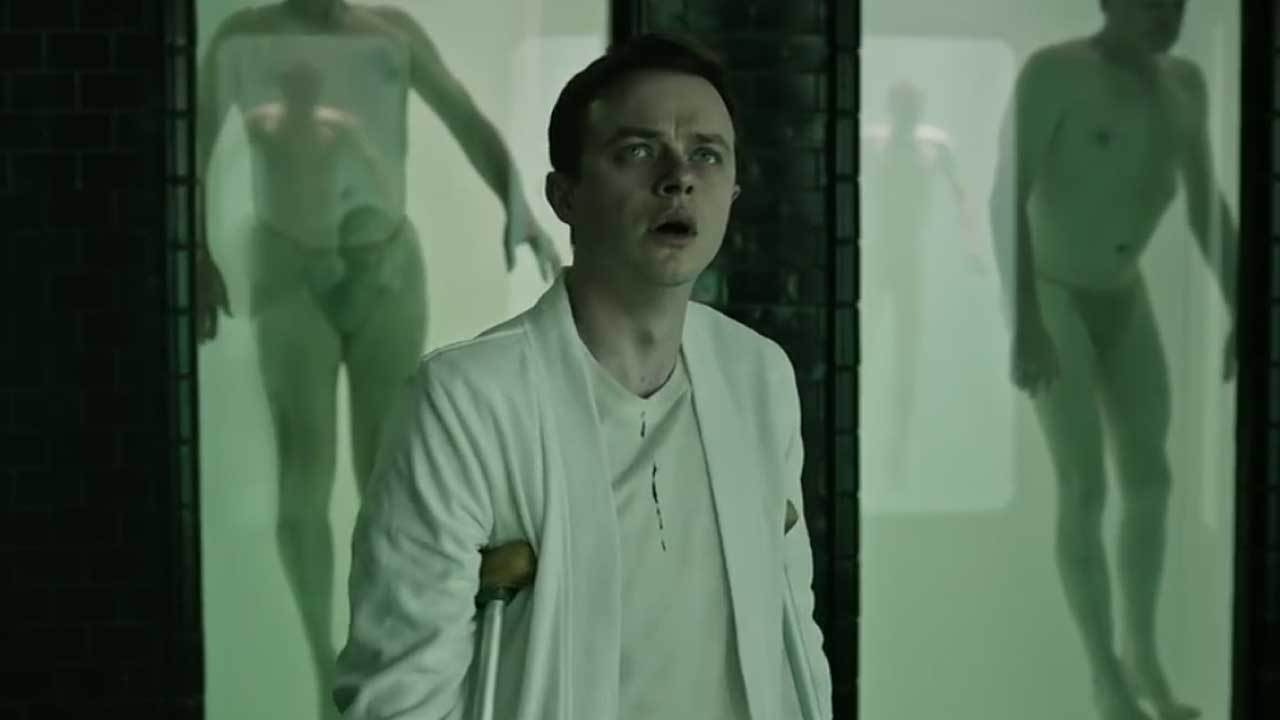
Not as bad as Flint, MI
I must concede that I had to allow A CURE FOR WELLNESS to take me on the ride that Verbinski intended. The film lives for its tonal shifts, and as such, occupies a similar stylistic ballpark as FROM DUSK TILL DAWN. Once I accepted that the film wants to, and will, actively try and switch up the tropes it’s playing with, I was captivated by Verbinski’s vision. What starts as a thriller escalates into a psychological horror film, only to nosedive into the horror-fantasy trappings of ‘80s Hammer horror. That isn’t to say that the clues aren’t there, but if you convince yourself that A CURE FOR WELLNESS should be exactly what its trailer (or opening minutes) imply, you are sure to be disappointed.
Due to this cascading series of tonal jumps, A CURE FOR WELLNESS boils for a walloping 146 minutes. It’s incredibly easy to dismiss much of the film for being too long for its own good, but the running time begins to show its merits when Verbinski begins to explore the damaged psyche of modern businessmen. The monotony of routine and the inescapable nature of the deceptively relaxing sanatorium serve to juxtapose themselves as simple, but effective, commentaries on the ritualism of 21st century businessmen. It’s clearly borrowing from Scorsese’s SHUTTER ISLAND, but for what it’s worth, it does more with the material. There is a drab, dark sadness at the heart of Verbinski’s horror film, one that is reinforced by the dimly-lit, low-opacity iconography of America’s urban sprawl. The clean air of the Swiss alps thus generates a rather malicious intensity, presenting itself as hospitable but devouring its subjects in its rural vastness.
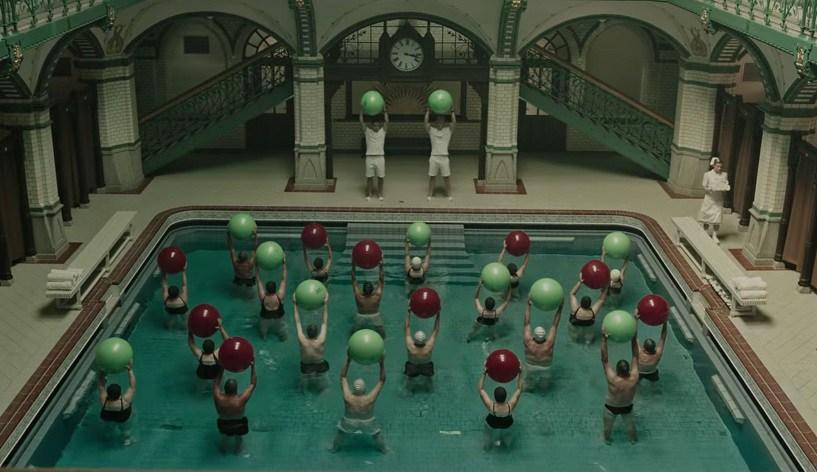
It’s also the sequel to Sorrentino’s YOUTH
As a mystery, Verbinski commands his geography and composition like a tried and true veteran. The consistent, but never patronizing, callbacks (save for an irksome audio flashback) are clever and evenly spread out, and the third act twists are bizarre, disturbing, and seamlessly integrated into the conventions of classic folk tales a la Grimm’s Fairy Tales. Although the central twist that acts as the most important narrative device is frustratingly predictable, the bizarre intentions of the sanitarium — and how everything works — are a disgusting, exciting visual delight. The only severe error Verbinski makes over the course of his film is integrating a perspective shift that feels completely unwarranted. After following DeHaan for so long, A CURE FOR WELLNESS incorporates one rather needless scene that our protagonist isn’t present in. It provides the audience with little information but makes the grave mistake of removing a subjectivity from the greater mystery.
It’s not every year, or even every five years, that Hollywood allows a director to make a horror film that is so willfully out of the ordinary. James Wan has established himself as somewhat of a modern horror magnate with his CONJURING films, bringing us projects that boast a production value rarely seen in the genre. But Verbinski has proven a level of aptitude that is sorely missed. Not only is his film large, sprawling, visually dazzling, and ingeniously demented, it’s also just something viewers haven’t really seen before. It means a lot to me when I discover a horror film that isn’t about haunted homes or demonic possession. The snarky, albeit childish, commentary on corporate greed is a wonderful introduction to a greater film about memory, family, purpose, and our reconciliations with our private and personal lives. And although some of these instances of character and narrative depth don’t fully pay off, Verbinski shoots for the stars and lands on a cloud. A CURE FOR WELLNESS may tread some familiar waters, but this time these liquids harbor a polish that only shows itself once every blue moon.
Verdict: Recommend

